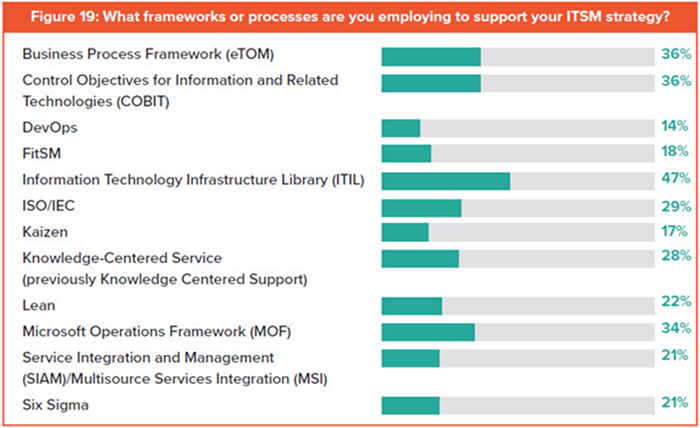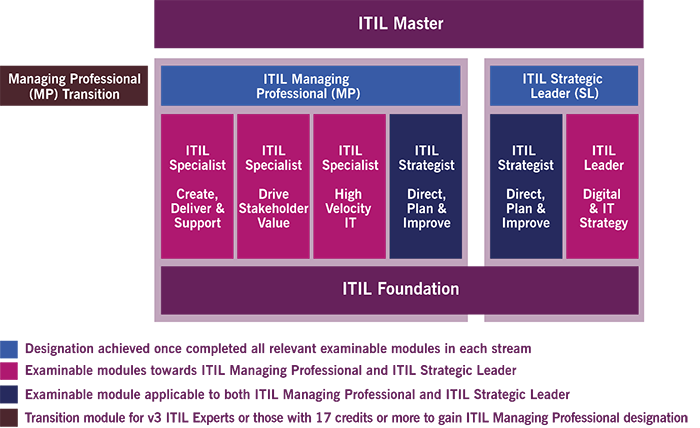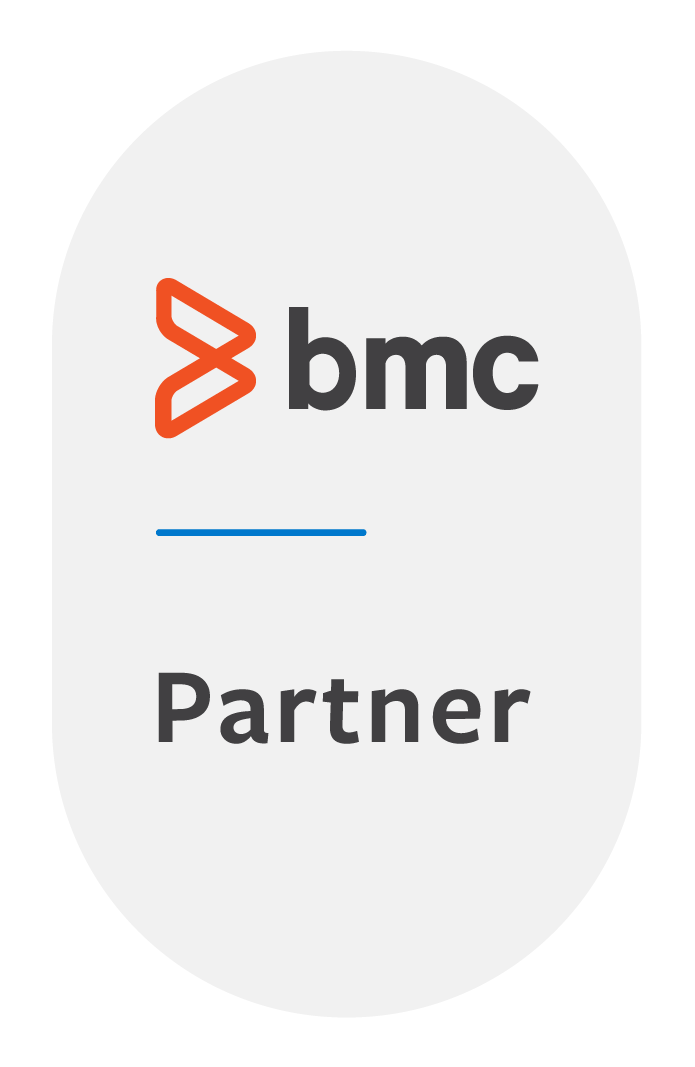ITIL – the de facto standard for ITSM – received a new update in February 2019. The update addresses the existing points of criticism of ITIL 3, namely bringing models such as Agile, DevOps and Lean into line with ITIL on the one hand and the modernization backlog in the course of advancing digitization on the other. It will be interesting to see how the best practices of ITIL 4 perform in the context of serverless computing vs. containers, microservices or multi-cloud. A practical guide to IT management strategy in increasingly complex IT landscapes is also included. Learn more key points in this article.
Axelos announced the ITIL 4 version back in 2017, and it was released in February 2019. ITIL 4 grows out of ITIL 3 and represents a practical, flexible further development. For example, ITIL 4 allows companies to adapt to the new ways of working that the modern digital world demands of them.
What is ITIL? Defacto standard for ITSM
ITIL is the framework that most companies use for their IT service management. The abbreviation ITIL stands for the Information Technology Infrastructure Library and is a collection of processes, roles and functions found in every IT infrastructure. The library describes the components and processes of the ITSM lifecycle with the core requirement of measurability.
ITIL 4 comprises five key points:
- Service Strategy
- Service design
- Service transition
- Service operations
- Continuous service improvement
According to a 2017 survey by Forbes Insights, ITIL is still the most widely used framework.

The update is both community- and industry-driven and was created together with experts from the industry. The new ITIL, which has been an Axelos trademark since 2013, involved more than 150 creators, reviewers and other contributors from the global IT environment. It also includes a practical guide on how to shape and tailor an IT management strategy in today’s increasingly complex IT landscapes.
Why ITIL 4? Problems of ITIL 3
ITIL 4 was announced by Axelos back in 2017. Reasons for the revision of ITIL 3 included its relationship with the ITSM community and the fact that it could no longer keep up with the trends of modern software development and IT-supported activities.
ITIL 4 takes these aspects into account and addresses the problems based on the wishes of the community. Agile, DevOps and Lean are the key areas for integration into the conventional ITIL best practice cases. Thus, one may be curious to see how ITIL 4 best practices can prevail in the context of trends such as serverless computing, containers, microservices and parallel use of different providers in the multi-cloud. It is generally expected that the core elements of ITIL 3 will be retained.
ITIL 4 certification: continuing on from the ITIL 3 planning.
The certification program described below is aligned with ITIL 3. In doing so, it has been designed to meet the needs of IT practitioners and focuses on clear pathways for continuing their ITIL journey.

The first release of ITIL includes the Foundation Level. A distinction is made between the two main pillars:
- ITIL Managing Professional (ITIL MP) for IT professionals working in technology and digital teams. The Managing Professional stream provides practical and technical knowledge on how to run successful IT projects, teams and workflows.
- ITIL Strategic Leader (ITIL SL): Becoming an ITIL Strategic Leader demonstrates a clear understanding of how IT impacts business strategy. It recognizes the value of ITIL to all digitally enabled services as well as IT operations.
All certifications for ITIL remain valid with the update and are globally recognized certificates of lasting value. All credits already earned are available for further travel under the new certification program.
In our opinion, more and more companies will be interested in ITIL, especially ITIL 4, as it is compatible with many other current models such as Agile, DevOps, Lean, Kanban and Prince. In this way, hierarchical structures, so-called silos, are to be eliminated and teamwork, e.g., between development and operations (DevOps), is to be continuously improved.
In addition, ITIL 4 provides an overview of the so-called Service Value System and the required components, which are summarized in the Service Value Chain, so that a value stream and best practices can be developed taking into account the four dimensions of service management. This replaces the previously known processes.
Because of this flexibility and adaptability, companies can take advantage of ITIL 4 – especially smaller companies that want to make their ITSM more dynamic and efficient.










